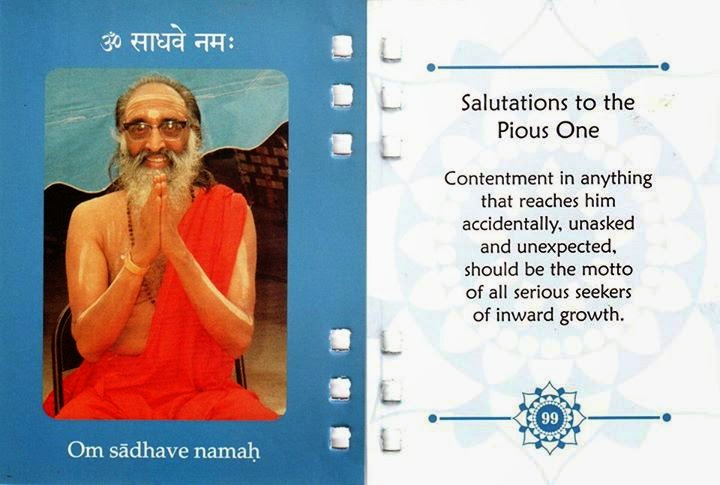The Divine Being Contains and Constitutes All that Exists : Sri Aurobindo
========================================================================
=======================================================================
16/12/2019.
Sri Aurobindo translates Katha Upanishad, Second Cycle: Second Chapter, Verses 2-3:
=======================================================================
“Lo, the Swan whose dwelling is in the purity, He is the Vasu in the inter-regions, the Sacrificer at the altar, the Guest in the vessel of the drinking: He is in man and in the Great Ones and His home is in the law, and His dwelling is in the firmament: He is all that is born of water and all that is born of earth and all that is born on the mountains. He is the Truth and He is the Mighty One. This is He that draws the main breath upward and casts the lower breath downward. The Dwarf that sits in the centre, to Him all the Gods do homage.”
These verses illustrate that the Divine Being pervades, permeates, embodies and constitutes all that exists. The image of the Swan traditionally, in the Indian spiritual tradition, relates to the Atman, the individual soul portion of the universal soul. Dwelling in the purity references the unmanifest, unmoving substratum of reality.
From there the imagery moves to the universal creation and the forces that move within it. Vasu references the force of wind in the “inter-regions”. (There are multiple “vasus” but in this context the commentators hold that it is the force of wind that is implied.)
The divine Being is in man, in the universal creation and in the unmanifest beyond the universal creation. The “Dwarf” that sits in the centre is a reference to the individual soul that is “no larger than a thumb seated in the heart of man” described in earlier verses.
****
=======================================================================
16/12/2019.
Sri Aurobindo translates Katha Upanishad, Second Cycle: Second Chapter, Verses 2-3:
=======================================================================
“Lo, the Swan whose dwelling is in the purity, He is the Vasu in the inter-regions, the Sacrificer at the altar, the Guest in the vessel of the drinking: He is in man and in the Great Ones and His home is in the law, and His dwelling is in the firmament: He is all that is born of water and all that is born of earth and all that is born on the mountains. He is the Truth and He is the Mighty One. This is He that draws the main breath upward and casts the lower breath downward. The Dwarf that sits in the centre, to Him all the Gods do homage.”
These verses illustrate that the Divine Being pervades, permeates, embodies and constitutes all that exists. The image of the Swan traditionally, in the Indian spiritual tradition, relates to the Atman, the individual soul portion of the universal soul. Dwelling in the purity references the unmanifest, unmoving substratum of reality.
From there the imagery moves to the universal creation and the forces that move within it. Vasu references the force of wind in the “inter-regions”. (There are multiple “vasus” but in this context the commentators hold that it is the force of wind that is implied.)
The divine Being is in man, in the universal creation and in the unmanifest beyond the universal creation. The “Dwarf” that sits in the centre is a reference to the individual soul that is “no larger than a thumb seated in the heart of man” described in earlier verses.
****
=======================================================================



.jpg)

Comments
Post a Comment